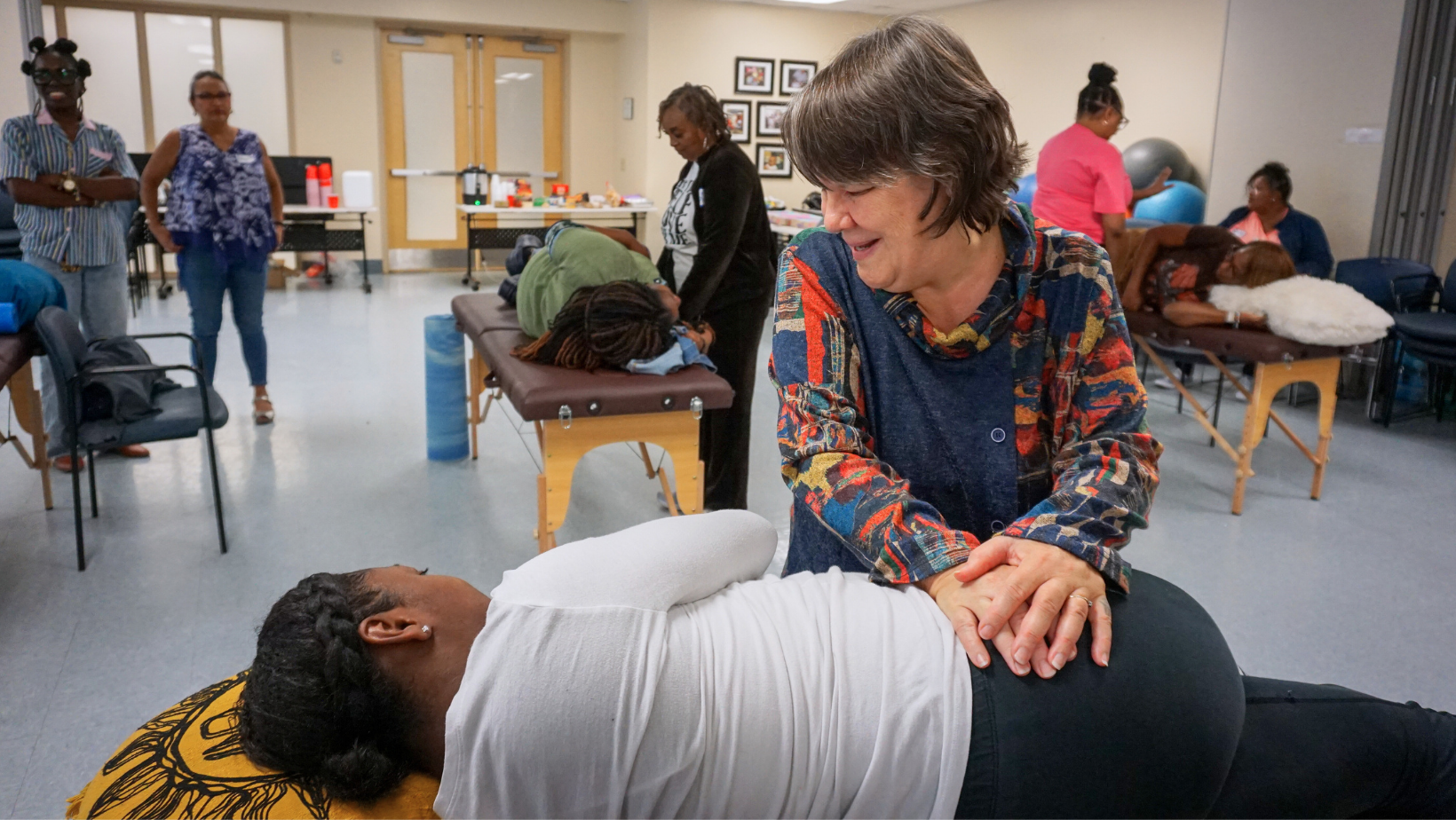
When babies rotate into an optimal position during labor, their descent through the pelvis may be smoother and more efficient. A new study published in the European Journal of Midwifery explored how the Spinning Babies® approach may help facilitate rotation from an occiput-posterior or occiput-transverse position to an anterior position.
Midwives in Italy reviewed 244 births where babies began labor in an occiput-posterior or occiput-transverse position, positions that can sometimes make progress more challenging. Some parents were supported with the Spinning Babies® approach while others labored without these activities. The researchers then compared how many babies turned into an anterior position before birth.
In the group that used Spinning Babies® techniques, 93% of babies rotated to an anterior position, compared to about 64% in the group that did not. After adjusting for other factors, the study found that using the Spinning Babies® approach was linked to a 45% higher chance of the baby rotating to the anterior position during labor.
The researchers noted that these findings suggest the Spinning Babies® approach may help encourage babies to turn, though more studies are needed to confirm this.
The study looked only at how often babies rotated during labor, not at labor length, comfort, or birth outcomes. Still, a baby’s position plays an important role in how birth progresses. Learning gentle ways to support rotation can help parents feel more confident and involved during labor.
Spinning Babies® is based on the Three Principles℠: Balance, Gravity, and Movement. These ideas support the body’s natural ability to create space and ease for the baby to rotate. The Pelvic Levels Solutions℠ framework builds on this understanding by helping recognize what to do and when during labor. It guides choices about positions and movements that make space where the baby needs it most for rotation and descent. This research offers encouraging early evidence that these physiological principles support the body’s natural process of birth.
Every pregnancy and birth are unique. The study authors encouraged more research to understand these results better. Spinning Babies® activities are meant to work alongside your provider’s care, not replace it.
Looking Ahead
This study offers encouraging evidence that Spinning Babies® may help support babies as they rotate during labor. More research is both needed and already underway, as teams around the world continue studying how Spinning Babies® supports physiological birth.
Visit our Spinning Babies® Research page to explore current studies, collaborations, and findings that highlight the growing evidence base behind our work.